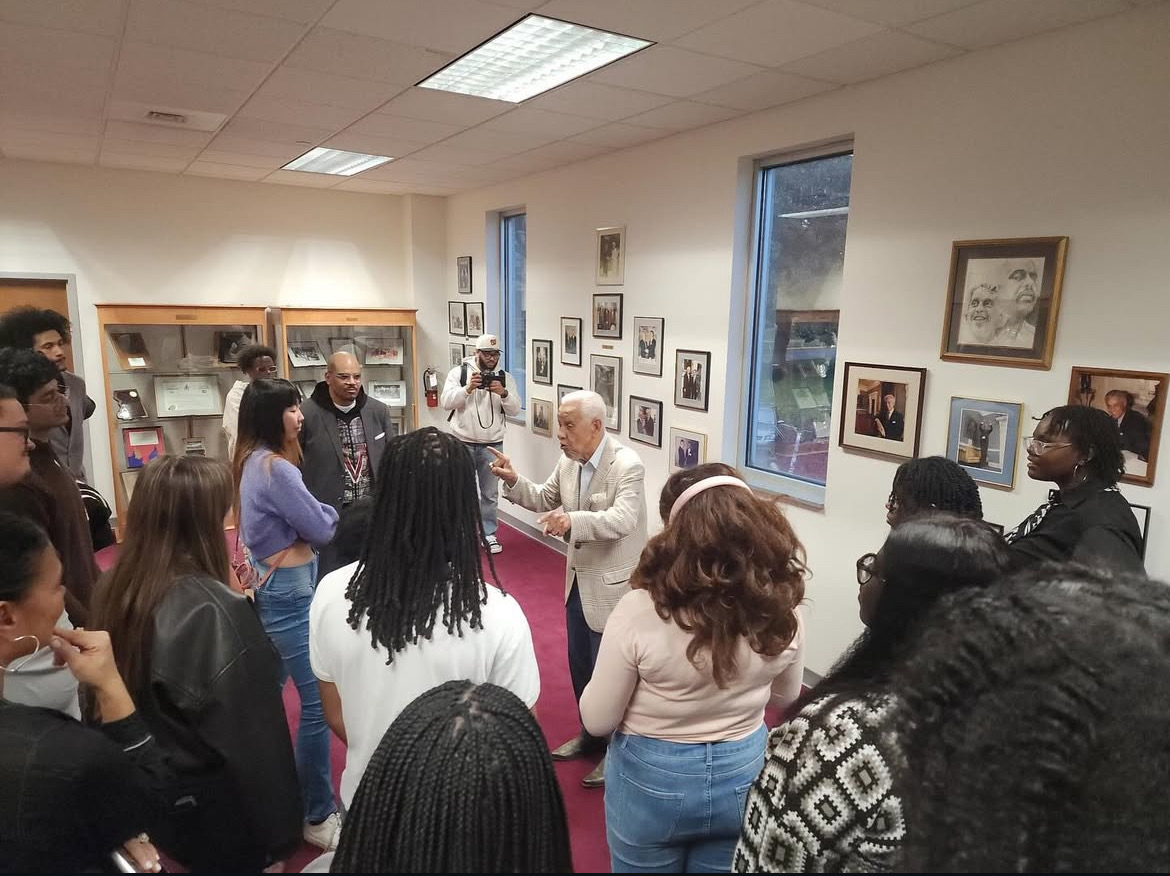It’s Sunday afternoon, the day before Passover. If I were back home, today would be spent helping my dad and brother clean the house for the holiday and helping my mom cook three eight-pound briskets for our family’s Seder. Our fridge and pantry would be fully stocked with food we could eat throughout the week, and if we needed more matzah or grape juice or kosher for Passover potato chips, we would be able to buy it at any of our local grocery stores.
But why is this afternoon different from all other afternoons? This afternoon, I am halfway across the country from my family, and I have to figure out where and how to find food I can eat during Passover. Keeping kosher for Passover is no small feat, especially when living in a dorm room. During Passover, we commemorate the Jewish people’s exodus from slavery in Egypt. The Jewish people were placed under hard labor and cruel conditions, and after a series of ten plagues, the Pharaoh let them go free. However, the Jews had to move very quickly, so when they prepared food for the journey they did not have time to wait for their bread to rise, and instead prepared a dough of flour and water and draped it over their shoulders to bake in the hot sun as they walked.
So, on Passover, which is an eight-day holiday in the springtime, Jewish people refrain from eating anything that is leavened or contains wheat, rye, barley, oats or spelt. Additionally, as an Eastern European (or Ashkenazi) Jew I refrain from eating kitniyot, or any rice, corn, sunflower or sesame seeds, or legumes, which comes from a 13th-century historical tradition.
I explained all of this to one of my friends as we made the trek with our tote bags from Watson to Family Fare. We walked into the store determined to find some supplements to meals, breakfast food, snacks and most of all: matzah, the unleavened bread Jewish people are commanded to eat during Passover. After spending over an hour and more than fifty dollars, I walked out of the store disappointed and dejected. At all of the grocery stores I grew up going to in New Jersey, there would be a special display for Passover, complete with several different kinds of matzah, grape juice, kosher for Passover candy and snacks, candles and soup mix. In Minnesota, my friend and I had to go hunting for anything that I could possibly eat, and besides a few snacks, Italian soda and some yogurt, we came up short. We scanned the label of every single can in the soup aisle and found one singular option that would possibly work. After realizing how many canned soups have flour and cornstarch in them, we stumbled to the bread aisle. I almost felt a light shine down on me when I saw two boxes of matzah within a sea of bread (without any sort of labeling or signage, I might add), but when I picked them up, my heart sank as I read NOT FOR PASSOVER USE on the box.
As I unloaded my groceries into my room’s minifridge, I resolved to try going to the co-op as I heard they had a “nice Passover section.” Lo and behold, they had a table in the corner of the store, with three bottles of organic grape juice, four boxes of gluten-free matzah, chocolate syrup and matzah ball soup mix. While this was better than Family Fare, it still wasn’t what I needed, but I am now the proud owner of a box of gluten-free matzah that I will likely never eat.
The next day, I fasted from dawn until dusk while performing the Fast of the First Born, a Jewish fast on the day preceding Passover in which firstborn children fast to commemorate the tenth and final plague in the Exodus story. After a wonderful dinner at the first Passover Seder, I was optimistic that BonApp would provide matzah to eat at breakfast as they had promised, but they didn’t have any at LDC until dinner on the third night (Wednesday). So, I have spent a total of five meals (so far) eating a combination of whatever I found at Family Fare and fruit that I expertly captured from the dining halls, because as a freshman on the 20 meal plan, I don’t want to waste any meal swipes. In fact, I am so passionate about making my meal plan worth it that I completed my first apple heist mission while fasting.
Spending such a religiously and personally significant holiday away from home for the very first time is difficult for me as a first-year. I missed out on helping to cook and bake, gossiping with my cousins, and leading our family’s seder. And while I had an incredible time forming new memories and traditions while celebrating with the Carleton community, my longing for my hometown Passover was only exacerbated by the lack of permissible food.
For most of my childhood and adolescence, I took for granted the large Jewish population that I grew up around. While we were far from the majority in my community, I could bank on people knowing what Passover was and grocery stores having food I could eat. In Northfield, as I eat dry matzah (that my great aunt sent me) on my dorm room floor for the fourth meal in a row, I realize that even though we have around the same percentage of Jewish students, we aren’t accommodated nearly as well. The Jewish community tries their best by hosting Seders and dinners at the Jewish interest house, ordering matzah for pickup and trying to collaborate with BonApp, but the food infrastructure just isn’t there. Carleton students have to eat, no matter their religious traditions, and the inaccessibility of kosher for Passover food makes celebrating a deeply important holiday incredibly difficult.











